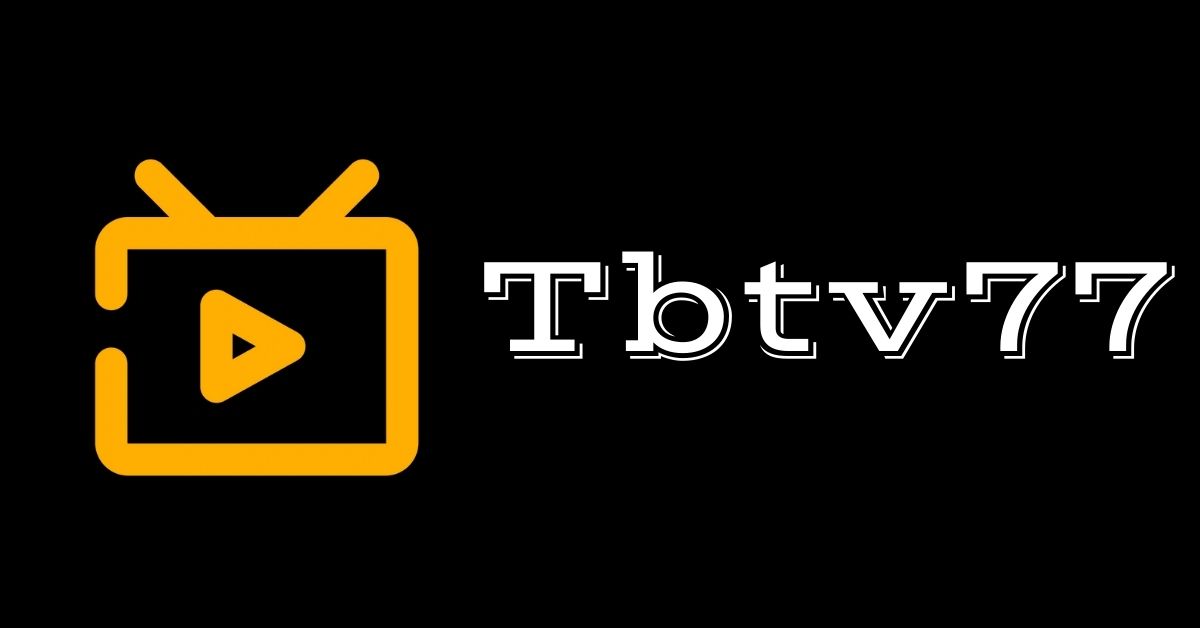In the digital age, the role of hyperlinks URLWO has evolved far beyond simple navigation tools. Links are now the backbone of the internet, connecting users to information, products, and services. However, while links have always been essential, their true potential as strategic assets has only recently begun to be fully realized. Enter URLWO—an innovative solution that’s transforming how businesses and individuals approach, manage, and optimize links.
URLWO is a platform that allows users to not just generate URLs, but to turn them into powerful, data-driven assets that can shape the digital landscape. It integrates link management, analytics, personalization, and optimization into one cohesive tool, giving users the ability to track and enhance every link they create or share.
Let’s explore how URLWO is revolutionizing the web, making links more than just pathways, but dynamic, measurable, and actionable components of modern digital strategy.
1. The Power of Links Beyond Navigation
At its core, a link is more than a simple connection between two web pages. In the context of URLWO, links become strategic assets—tools for engagement, tracking, and optimization. Whether you’re a marketer, business owner, content creator, or even a nonprofit organization, understanding how to leverage links effectively can unlock new opportunities for growth.
Traditional links are static—they simply point to a destination. However, with URLWO, links can be made dynamic, providing real-time data, tracking engagement, and offering personalized user experiences. URLWO enables links to act as bridges between the digital world and specific business objectives, from lead generation to brand awareness.
2. Advanced Analytics: Understanding Link Performance
One of the most significant benefits of URLWO is its robust analytics features. In a world where data drives decision-making, understanding how users interact with your links is crucial for optimizing digital campaigns and strategies.
URLWO offers advanced link tracking, including:
- Click-through rates (CTR): Measure how often your links are being clicked, which helps gauge the effectiveness of your campaigns.
- Geographical data: Track where your audience is located to tailor content and marketing efforts to specific regions.
- Device and platform breakdowns: See which devices or platforms (mobile, desktop, social media) are driving the most engagement, allowing you to optimize for those channels.
- User behavior: Gain insights into how users interact with the content they arrive at after clicking a link—whether they convert, abandon, or continue exploring other pages.
These detailed analytics allow businesses to optimize their link strategies, A/B test different campaigns, and make data-backed decisions that can significantly improve performance.
3. Personalization: Tailoring Links to Specific Audiences
Personalization has become a key factor in digital marketing and user experience. URLWO enhances link performance by offering personalized links based on user behavior, location, time of day, and more. This allows businesses to create unique experiences for different segments of their audience.
For example, an e-commerce website might want to direct users to different landing pages based on whether they’re visiting from an email campaign, a social media post, or a paid ad. URLWO allows businesses to easily customize their links so that visitors see relevant content, increasing the likelihood of conversion.
Beyond just content, personalization also extends to the link itself. URLWO can dynamically adjust the destination URL depending on the user’s previous interactions or preferences, making links more contextually relevant and engaging.
4. Optimizing User Journeys with Smart Links
Smart links are the next evolution of traditional hyperlinks, and URLWO enables users to create them with ease. These links adapt based on user context, such as where the link is being clicked from, what device the user is on, and even time-based factors like seasonal promotions.
For example, if a user clicks on a link from a promotional email, the link could take them directly to a tailored landing page with a special discount. If the same user clicks the link on a mobile device, it might redirect them to a mobile-optimized version of the same page. By understanding these behaviors, businesses can optimize the user journey, resulting in a more seamless experience and higher conversion rates.
5. Link Management: Streamlining Your Digital Ecosystem
As the web becomes more complex, managing large numbers of links—especially for businesses and large organizations—can become a challenge. URLWO simplifies this process by providing a centralized dashboard to manage all your links in one place.
Users can:
- Organize links by campaign, type, or project to easily track performance.
- Update links in bulk, making it easy to adjust campaign URLs or update offers without having to manually change every instance across websites, emails, or ads.
- Manage link expirations for time-sensitive promotions, ensuring that links become inactive after a specified date.
- Monitor broken links to prevent user frustration and lost opportunities, ensuring a seamless experience across your digital assets.
This level of control and visibility is invaluable for digital marketers, product managers, and anyone who needs to maintain a large digital ecosystem.
6. SEO and Link Building: Amplifying Organic Reach
Search Engine Optimization (SEO) remains a cornerstone of digital marketing. While URLWO is not an SEO tool in the traditional sense, it plays a significant role in the SEO process by helping users create clean, trackable, and optimized links that align with SEO best practices.
Key SEO benefits of URLWO include:
- Optimized URL structures for better crawling and indexing by search engines.
- UTM parameters and tracking codes that help you measure the performance of specific SEO-driven campaigns.
- Link tracking that provides insights into how your links are being shared across the web, helping identify influencers, partnerships, or high-performing backlinks.
These capabilities ensure that every link not only contributes to the immediate goal of conversion but also supports long-term SEO efforts, driving organic traffic to your site.
7. Security and Trust: Building Credibility with Branded Links
In the era of phishing and online fraud, trust is paramount. URLWO enhances security by allowing users to create branded, secure links. These custom links not only look more professional but also help to build credibility with your audience.
By customizing the URL (e.g., yourbrand.urlwo.com/offer), users are more likely to trust the link and click on it, knowing it comes from a legitimate source. Furthermore, URLWO offers advanced security features such as SSL encryption and the ability to set up custom redirects, ensuring that users’ data remains safe while browsing.
Conclusion: URLWO as the Future of Link Management
As the internet continues to evolve, the way we approach links must evolve as well. URLWO has reimagined the role of links in the modern web, turning them into strategic assets that are not just tools for navigation, but dynamic, data-driven elements of digital strategy. By offering advanced analytics, personalization, smart link management, and SEO enhancements, URLWO empowers businesses and individuals to optimize their online presence and connect with users in more meaningful ways.
Whether you’re looking to improve conversion rates, optimize digital campaigns, or streamline link management, URLWO offers a comprehensive solution that turns links into assets that drive value across your digital ecosystem. With URLWO, links are no longer just links—they’re opportunities to connect, engage, and grow in a rapidly changing digital landscape.


 Blog7 months ago
Blog7 months ago
 Entertainment7 months ago
Entertainment7 months ago
 Technology3 months ago
Technology3 months ago
 News7 months ago
News7 months ago
 Blog7 months ago
Blog7 months ago
 Blog7 months ago
Blog7 months ago
 Blog7 months ago
Blog7 months ago
 Technology7 months ago
Technology7 months ago


